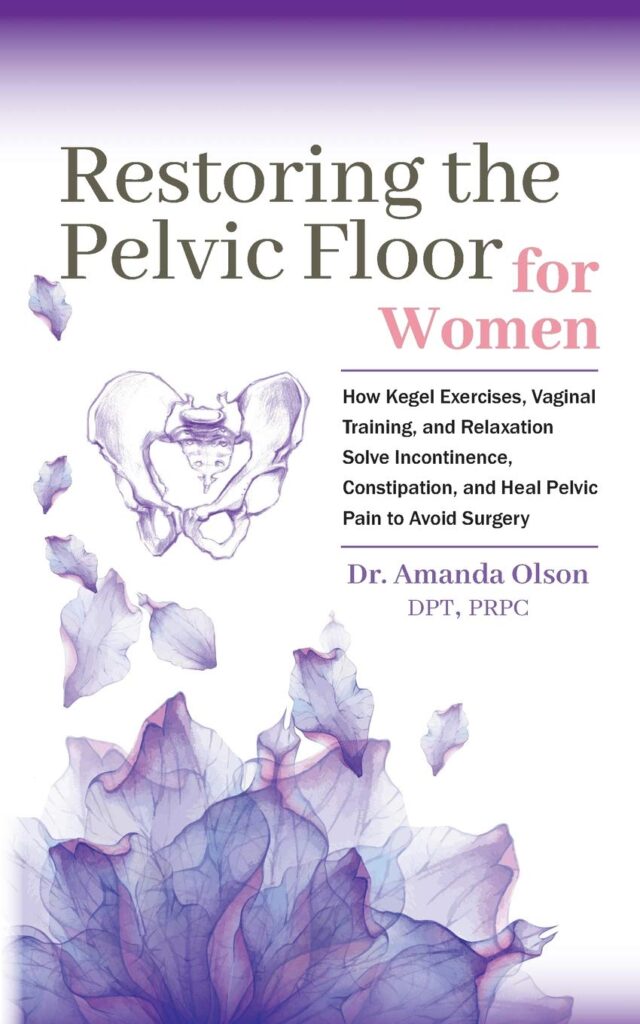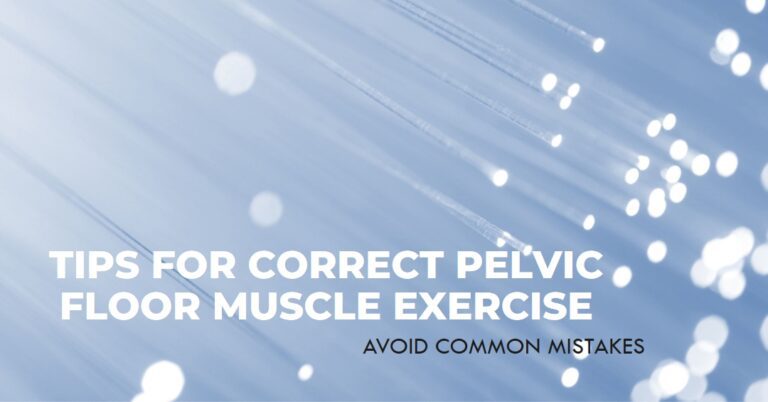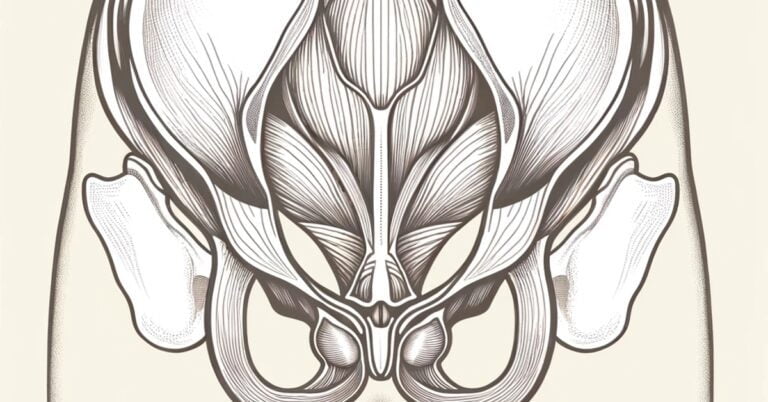7 Strategies to Enhance Pelvic Floor Strength
The Importance of Pelvic Floor Muscle Strength for Women’s Health
7 Strategies to Enhance Pelvic Floor Strength: Pelvic Floor Muscle strength is a critical element in a woman’s health. With its intricate network of muscles, ligaments, and tissues, the pelvic floor underpins the functionality of the reproductive and urinary systems. This foundational strength extends beyond physical health, emerging as a pivotal aspect of overall well-being. A well-toned and resilient pelvic floor is essential for a range of life stages, offering significant benefits from the childbearing years through to menopause and beyond, thereby playing a pivotal role in sustaining quality of life.
Additionally, the pelvic floor’s health can significantly impact pregnancy and childbirth. A solid pelvic foundation supports the uterus and baby during pregnancy and aids in birthing. A resilient pelvic floor markedly improves postpartum recovery, helping to restore the body’s structure and function more rapidly and effectively. Exercises to reinforce these muscles can expedite recovery from childbirth, reduce the risk of prolapse, and mitigate postpartum complications, fostering a smoother transition into motherhood.
Sexual health and satisfaction are also intimately linked with pelvic floor strength. These muscles play a significant role during sexual activity, affecting sensation, arousal, and the ability to achieve orgasm. A toned pelvic floor can enhance the sexual experience, increasing sensitivity and satisfaction for both partners. Additionally, a robust pelvic foundation can contribute to a healthier reproductive system, potentially easing conditions like pelvic pain and discomfort during intercourse.

The importance of pelvic floor strength extends beyond these specific benefits, impacting a woman’s sense of security and confidence. Issues like incontinence can affect mental health, leading to embarrassment, anxiety, and a reduction in social or physical activities. Strengthening the pelvic floor can thus not only improve physical health but also enhance psychological well-being, contributing to a more active and fulfilling life.
The vitality of pelvic floor strength cannot be overstated. It is a critical element of women’s health, contributing to physical stability, reproductive and urinary function, and overall quality of life. Recognising and addressing the health of the pelvic floor through regular exercises and awareness can empower women to take control of their bodies, ensuring long-term health and well-being.

Enhancing pelvic floor muscle (PFM) strength is crucial for improving overall well-being, particularly for women. The following seven powerful strategies are designed to effectively strengthen the pelvic floor muscles, offering a comprehensive approach that addresses the physical aspects and lifestyle and dietary factors that contribute to pelvic health.
- Targeted Pelvic Floor Exercises: Incorporating various targeted PFM exercises can optimise strength and function beyond the well-known Kegel exercises. These may include bridges, squats, and pelvic tilts, which work synergistically to enhance the support and stability of the pelvic organs.
- Biofeedback Therapy: Biofeedback therapy can significantly improve awareness and control of pelvic floor muscle contractions. This technique involves monitoring devices that provide real-time feedback on muscle activity, helping individuals refine their technique and maximise the effectiveness of their exercises.
- Regular Core Strengthening: The strength of the pelvic floor is closely linked to the overall stability and strength of the core muscles, including the abdominals, lower back, and hips. Integrating core strengthening exercises into your routine can provide additional support to the pelvic floor, enhancing its functionality.
- Mindful Breathing Techniques: Incorporating mindful breathing techniques, such as diaphragmatic breathing, can aid in the relaxation and proper engagement of the pelvic floor muscles. This approach enhances the effectiveness of PFM exercises and reduces stress, which can negatively impact pelvic health.
- Balanced Nutrition and Hydration: A balanced diet rich in fibre can prevent constipation, which puts excessive strain on the pelvic floor. Adequate hydration is crucial for maintaining healthy bowel movements and overall pelvic health.
- Posture and Body Mechanics: Adopting proper posture and body mechanics, especially during lifting and bending, can reduce unnecessary strain on the pelvic floor. Body alignment and movement awareness can help maintain PFM strength and prevent injuries.
- Professional Guidance and Support: Consulting with healthcare professionals, such as pelvic floor physiotherapists, can provide personalised guidance and support. They can offer tailored exercise programmes, advice on proper techniques, and interventions for specific issues related to pelvic floor dysfunction.

7 Strategies to Enhance Pelvic Floor Strength: Conclusion
These seven strategies encompass a holistic approach to enhancing pelvic floor muscle strength, contributing significantly to a woman’s physical health and overall well-being. By integrating these practices into daily routines, individuals can achieve a more robust, resilient pelvic floor, improved function, reduced symptoms, and a higher quality of life.
Kegel exercises for women: 5 Essential Tips to Unlock the Ultimate Benefits







